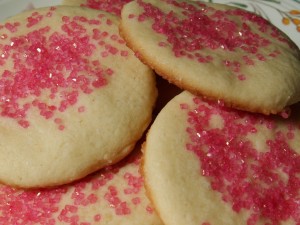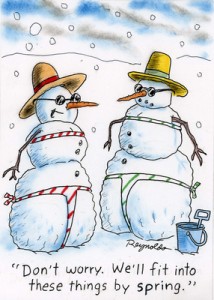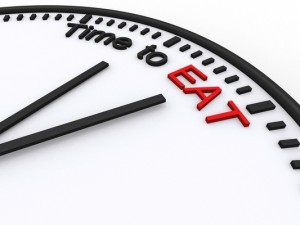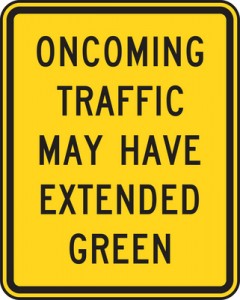 Are you indulging in celebratory cheer? Toasting to the New Year?
Are you indulging in celebratory cheer? Toasting to the New Year?
Just a heads up: all of those drinks can really pack a caloric punch. So, just like drinking wisely (and of course, not driving), don’t forget to factor in all those calories.
16% Of Calories?
The CDC released a report showing that adults in the US take in, on average, almost 100 calories a day from alcoholic beverages: around 150 calories for men and a little over 50 calories for women.
On any given day, 33% of men and 18% of women get some of their calories from alcoholic beverages and of those who drink, almost 20% of men and 6% of women get more than 300 of their calories. That’s equal to 2 or more 12 ounce beers, more than 2 and 1/2 glasses of wine (12.5 oz), or more than 4 and 1/2 ounces of spirits.
Of the people who drink, on any day they’re drinking they get approximately 16% of their total calories from alcoholic beverages – the same percentage of overall calories that children in the US get from added sugars.
A standard drink is 1.5 ounces of hard liquor, 5 ounces of wine, or 12 ounces of beer. Think about that when someone pours with a heavy hand. Odds are that five ounces of wine is far less than what you might pour into your glass and in most cases it’s hard to judge the amount of alcohol in eggnog or punch.
A Sampling Of Calories In Holiday Cheer
Alcohol has 7 calories a gram. Because alcohol doesn’t register as “food” in your GI tract or your brain, it doesn’t fill you up the way food would. Consequently, you can drink a lot and still not feel stuffed (perhaps drunk, but not stuffed). Alcohol also lowers your inhibitions; your resolve to not eat everything in sight often flies right out the window.
- 12 ounces of beer has 153 calories and 13.9 grams of alcohol
- 12 ounces of lite beer has 103 calories and 11 grams of alcohol
- 5 ounces red wine has 125 calories and 15.6 grams of alcohol
- 5 ounces of white wine has 121 calories and 15.1 grams of alcohol
- 1 1/2 ounces (a jigger) of 80 proof (40% alcohol) liquor has 97 calories and 14 grams of alcohol
- Drinking light beer rather than regular saves about 50 calories a bottle
- A frozen margarita has about 45 calories an ounce
- A plain martini, no olives or lemon twist, has about 61 calories an ounce
- An 8 oz white Russian made with light cream has 715 calories
- An 8 oz cup of eggnog has about 343 calories and 19 grams of fat thanks to alcohol, heavy cream, eggs, and sugar
- Mulled wine, a combination of red wine, sugar/honey, spices, orange and lemon peel, has about 210 to 300 calories per 5 ounces, depending on how much sweetener is added
- One cup (8 oz) of apple cider – without any additives – has 115 calories
- A mixed drink runs about 250 calories. Watch your mixers — per ounce club soda has no calories, tonic has10, classic coke has 12, Canada Dry ginger ale has 11, orange juice has 15, and cranberry juice has 16
- One hot buttered rum has 218 calories
- One Irish coffee has 218 calories
- One cup of coffee with cream and sugar runs at least 50 calories (more if it’s sweet and light)
- 1 glass cider or sparkling grape juice has 120 calories
- Champagne is a comparative caloric bargain at about 19 calories an ounce
For more hints and tips for handling celebrations get my book, The Sensible Holiday Eating Guide: How To Enjoy Your Favorite Foods Without Gaining Weight, available from Amazon for your kindle or kindle reader.



